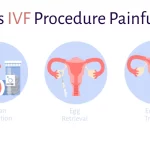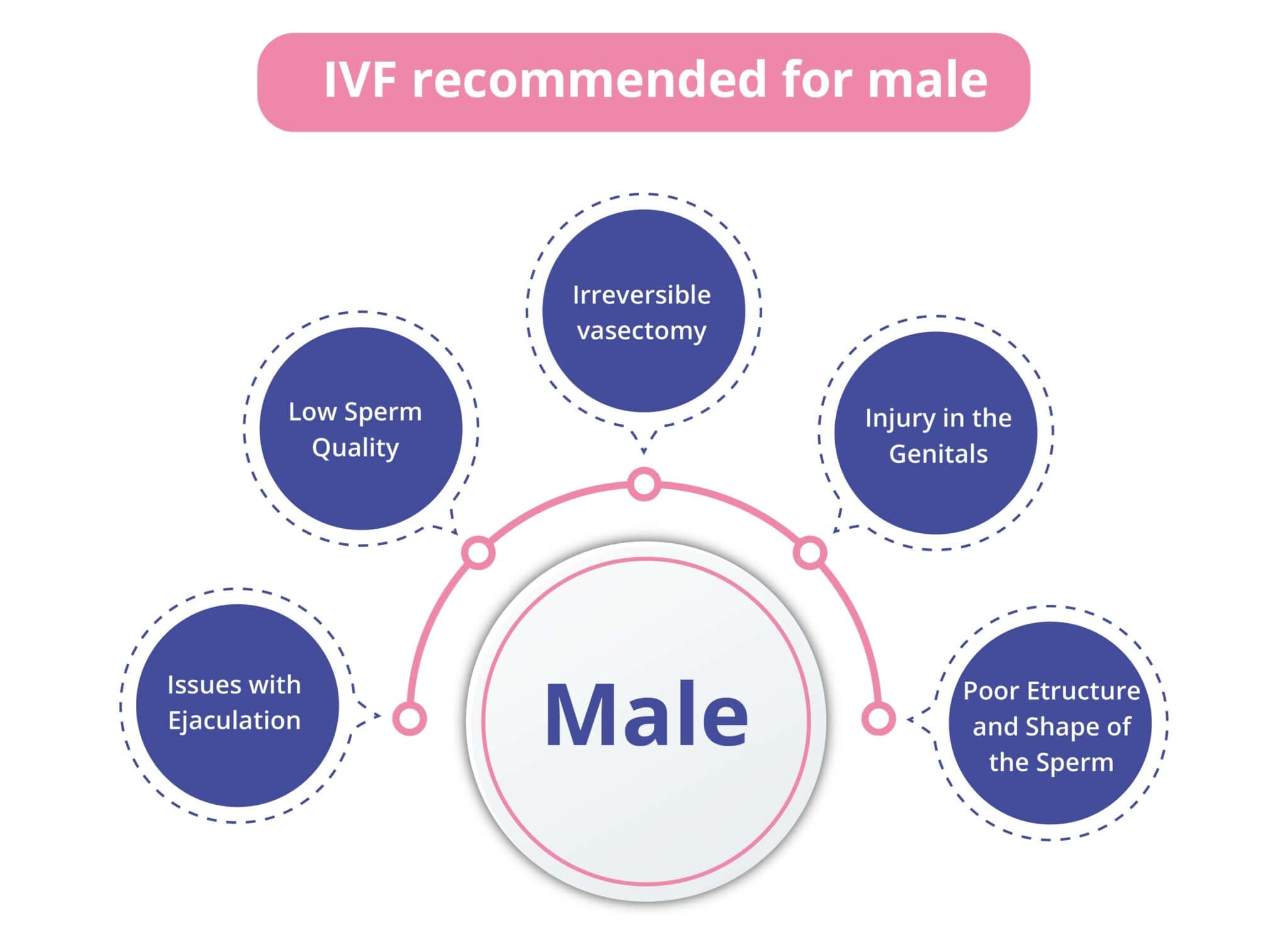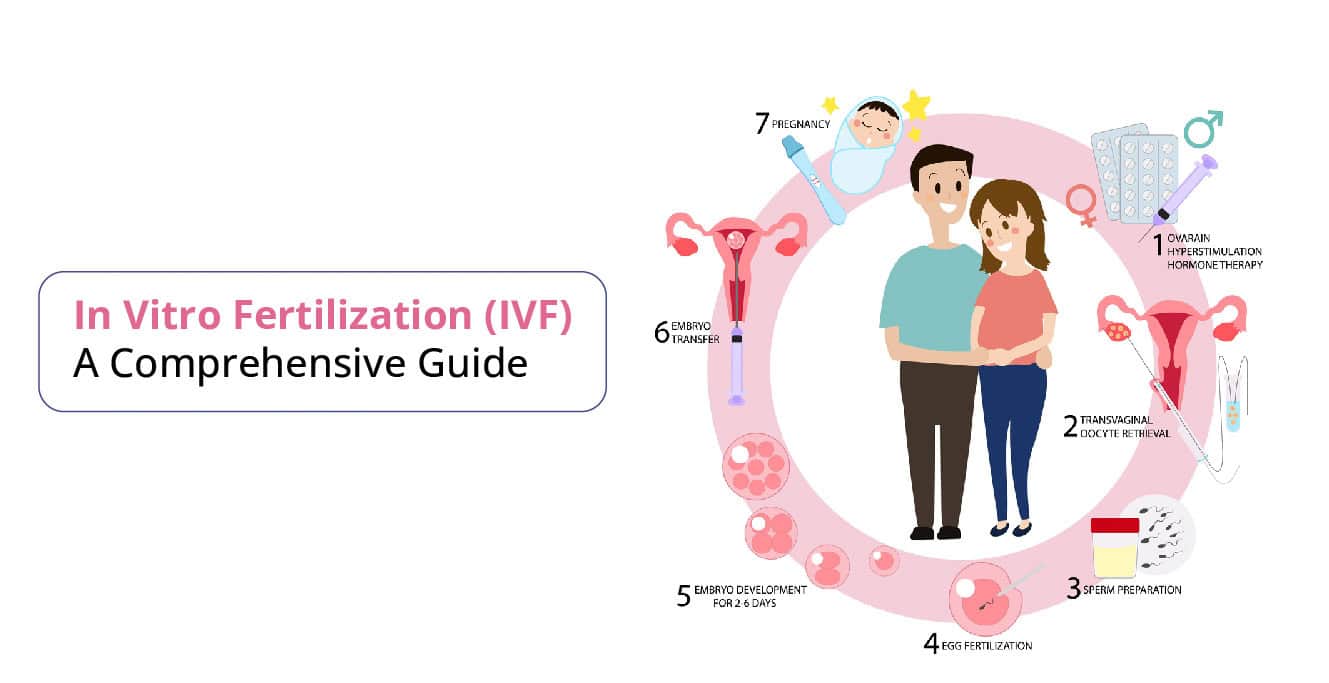
Is IVF Painful? Everything You Need to Know About the Process
April 10, 2025IVF Covered Insurance: Everything You Need to Know About Costs, Coverage, and Hidden Gems
Imagine this: you’re sitting at your kitchen table, dreaming about starting a family, but the thought of IVF costs keeps creeping in like an uninvited guest. You’ve heard whispers that insurance might help, but the details feel like a maze. Don’t worry—you’re not alone! In vitro fertilization (IVF) is a life-changing option for many, yet the question of “Is IVF covered by insurance?” pops up more often than a kid asking for snacks. Let’s dive into this topic together, uncovering the secrets, surprising facts, and practical tips that most people miss. Whether you’re just curious or actively planning, this guide will shine a light on everything from hidden insurance perks to the latest research, all in a way that feels like chatting with a friend.
What Is IVF and Why Does Insurance Matter?
IVF, or in vitro fertilization, is like a science miracle for people struggling to have a baby. Doctors take an egg, mix it with sperm in a lab (think of it as a tiny love potion), and then place the growing embryo back into the womb. It’s a big deal—both emotionally and financially. A single round can cost $12,000 to $20,000 in the U.S., and that’s before adding extras like medications or special tests. For many, that’s a year’s worth of rent or a used car!
Insurance matters because it can turn this dream from “maybe someday” into “let’s do this.” But here’s the catch: not all insurance plans cover IVF, and the ones that do often come with twists. Did you know some states actually require insurance to cover it, while others leave it up to your boss or your plan? It’s a wild ride, and we’re here to break it down.
Fun Fact Fans Love
Did you know the first IVF baby, Louise Brown, was born in 1978 and nicknamed the “test-tube baby”? She’s now in her 40s and has kids of her own—naturally! Fans of quirky history eat this up.

Does Insurance Cover IVF? The Big Picture
Here’s the million-dollar question: does your insurance cover IVF? The answer is… it depends. About 1 in 4 big companies in the U.S. offer some IVF coverage, according to a 2024 report from KFF (a health research group). But it’s not that simple. Coverage varies by state, employer, and even your specific plan. Let’s peel back the layers.
Where You Live Changes Everything
In the U.S., 22 states plus Washington, D.C., have laws pushing for some kind of infertility coverage as of March 2025. These are called “mandate states,” and they’re like VIP passes for IVF hopefuls. For example:
- New York: Covers up to 3 IVF cycles if your plan has 100+ employees.
- California: Starting July 2025, large plans must cover infertility treatments, including IVF (thanks to Senate Bill 729).
- Florida: No state mandate—your employer decides.
If you’re in a non-mandate state, it’s a roll of the dice. Your insurance might cover nothing, or it might surprise you with partial help.
What Fans Want to Know
Fans on platforms like X often ask, “Why isn’t IVF covered everywhere?” One post I saw said it costs $100,000 out of pocket without insurance—yikes! People are obsessed with these gaps because it’s so personal.
Quick Tip
✔️ Check your state’s laws online (search “infertility mandate [your state]”) to see if you’ve got a leg up.
Types of IVF Coverage: What’s on the Table?
When insurance does cover IVF, it’s not a one-size-fits-all deal. Here’s what you might find hiding in your policy:
1. Full Coverage (The Unicorn)
- What it means: Every step—egg retrieval, lab work, embryo transfer—is paid for.
- Where it happens: Rare, but some big employers like Google or Starbucks offer it to attract talent.
- Catch: Usually capped at a dollar amount (like $20,000) or a set number of cycles (often 1-3).
2. Partial Coverage (The Tease)
- What it means: Covers basics like diagnostic tests or meds, but not the full IVF process.
- Example: Your plan might pay for ultrasounds but leave you footing the $15,000 lab bill.
- Pro tip: Ask for a “summary of benefits” from your insurance—it’s like a treasure map.
3. Add-On Plans (The Upgrade)
- What it means: You buy extra coverage just for IVF.
- Cost: Could be $50-$100 more per month, depending on the insurer.
- Cool perk: Some plans in India, like Care Classic, offer this with a 3-year waiting period—patience pays off!
Hidden Gem Fans Miss
Some plans cover “fertility preservation” (freezing eggs or embryos) if you’re facing cancer treatment. It’s a niche benefit that could save you thousands later.
The Cost Breakdown: What You’re Really Paying For
Let’s get real about IVF costs without insurance—it’s a shocker. Here’s a peek at what’s inside that big price tag:
| Step | Average Cost (U.S.) | What It Covers |
|---|---|---|
| Consults & Tests | $1,000 – $3,000 | Doctor visits, bloodwork, ultrasounds |
| Medications | $3,000 – $5,000 | Hormones to boost egg production |
| Egg Retrieval | $5,000 – $7,000 | Surgery to get the eggs |
| Lab Work (Fertilization) | $3,000 – $5,000 | Mixing eggs and sperm in a dish |
| Embryo Transfer | $3,000 – $5,000 | Placing the embryo in the womb |
| Total per Cycle | $12,000 – $20,000+ |
Crazy Fact Fans Love
One round of IVF meds could buy you a fancy vacation! People geek out over how these tiny pills add up.
Research Spotlight
A 2017 study in JAMA found women with insurance were 6% more likely to have a baby after multiple IVF tries. Why? They could afford to keep going. Dr. Emily Jungheim, the lead researcher, said, “Cost is the biggest roadblock without coverage.”
How to Find Out If Your Insurance Covers IVF
Okay, so how do you crack the code on your own plan? It’s easier than you think—here’s a step-by-step guide:
Step 1: Grab Your Insurance Card
- Look for the customer service number on the back. It’s your golden ticket.
Step 2: Call and Ask These Questions
- “Does my plan cover infertility treatments like IVF?”
- “Are there limits—like a max dollar amount or number of cycles?”
- “Do I need pre-approval or a referral?”
- “What’s my out-of-pocket cost (deductible, copay)?”
Step 3: Dig Into the Fine Print
- Request your “Evidence of Coverage” document. Search for “infertility” or “assisted reproduction” using Ctrl+F.
Step 4: Talk to HR (If You’re Employed)
- Some companies add IVF coverage as a perk. Ask, “Hey, does our plan include fertility benefits?”
Insider Tip Fans Adore
One couple I heard about found $10,000 in coverage they didn’t know existed—just by asking HR during open enrollment. It’s like finding cash in an old coat!
State Mandates: Where IVF Coverage Shines
Let’s zoom into those magical mandate states. They’re not perfect, but they’re a game-changer. Here’s a rundown of some standouts:
New York
- What’s covered: Up to 3 IVF cycles.
- Who gets it: Plans with 100+ employees.
- Fun twist: Also covers egg freezing for medical reasons (like chemo).
Illinois
- What’s covered: Up to 4 egg retrievals if you’ve got a diagnosis.
- Catch: You need to prove infertility (e.g., 12 months of trying).
California (New for 2025)
- What’s covered: Diagnosis and treatment, including IVF.
- Who’s out: Religious employers and Medi-Cal folks don’t qualify.
What Fans Debate
On X, people argue, “Why doesn’t every state do this?” It’s a hot topic because the difference between $0 and $20,000 out-of-pocket is life-altering.
Employer Plans: The Wild Card
Your job could be your IVF fairy godmother. Big companies are jumping on the fertility bandwagon to keep employees happy. Check out these examples:
- Starbucks: Covers $20,000 for IVF—even for part-timers working 20 hours a week.
- Amazon: Offers up to $25,000 through itsProgyny partnership.
- Small businesses: Might not cover anything—sorry, local coffee shop fans.
Secret Perk Fans Dig
Some employers toss in “fertility coaching” to help you navigate the process. It’s like having a personal IVF GPS!
Expert Insight
Matthew Rae from KFF told NPR in 2024, “More employers are adding IVF coverage because it’s a tight job market. It’s a perk that screams ‘we care.’”
When Insurance Says No: Creative Workarounds
What if your insurance is a dud? Don’t lose hope—there are sneaky ways to make IVF work:
1. Fertility Grants
- What they are: Free money from nonprofits like Baby Quest or CNY Fertility.
- How to get it: Apply online with your story—think of it as a scholarship for your future kid.
- Catch: Competitive, so make your application shine.
2. IVF Refund Programs
- What they are: Pay upfront (say, $25,000) for 3 cycles; get a refund if it fails.
- Where to find them: Clinics like Shady Grove Fertility offer this.
- Pro: Less stress about “wasting” money.
3. Medical Tourism
- What it means: Travel abroad for cheaper IVF (e.g., $5,000 in Mexico vs. $15,000 here).
- Fan favorite: Couples share pics of their IVF vacay—it’s a two-for-one deal!
Research Boost
A 2023 study from the CDC says 1.6% of U.S. babies come from assisted tech like IVF. That’s proof these workarounds are helping real people.
The Emotional Side: What Fans Don’t Talk About Enough
IVF isn’t just about money—it’s a rollercoaster. One minute you’re hopeful; the next, you’re crying over a negative test. Insurance can ease the sting, but it doesn’t erase it. Here’s what I’ve learned from real stories:
The Waiting Game
- Waiting 3 years for coverage (like some plans require) feels like forever when you’re 35 and counting.
The “Why Me?” Moment
- Friends getting pregnant “by accident” while you’re saving pennies—it’s tough.
Practical Advice
✔️ Join an online support group (Reddit’s r/infertility is gold).
❌ Don’t bottle it up—talk to someone, even if it’s your dog.
Latest Trends: What’s New in IVF Coverage?
The IVF world is buzzing in 2025. Here’s what’s fresh and exciting:
Political Promises
- Donald Trump said in 2024 he’d push for nationwide IVF coverage if elected. Fans are still waiting to see if it’s more than talk.
Tech Boosts
- AI is helping doctors pick the best embryos, cutting costs and boosting success rates (up to 27% per cycle in some clinics, per HFEA 2021 data).
Insurance Evolution
- More standalone IVF plans are popping up, like Bajaj Allianz in India offering $52/day options.
Fan Buzz
X users are obsessed with AI in IVF—tweets call it “the future of baby-making!”
Top 5 Myths About IVF Coverage—Busted!
Let’s clear the air on some whoppers fans love to repeat:
- Myth: “IVF is always covered if you have insurance.”
- Truth: Nope—70% of U.S. patients pay out-of-pocket, says IVF Options.
- Myth: “It’s only for rich people.”
- Truth: Grants and employer perks are leveling the field.
- Myth: “Insurance covers unlimited tries.”
- Truth: Most cap it at 1-4 cycles.
- Myth: “IVF always works.”
- Truth: Success drops with age—27% for under 35, per HFEA.
- Myth: “It’s the same everywhere.”
- Truth: Coverage is a patchwork quilt—your state or job decides.
Your Action Plan: Making IVF Happen
Ready to take charge? Here’s your roadmap:
1. Investigate Your Coverage
- Call your insurer and HR today—don’t wait.
2. Budget Smart
- Save $500/month now if you’re uncovered; it adds up.
3. Explore Alternatives
- Look into grants or clinics with payment plans (Google “IVF financing near me”).
4. Lean on Experts
- Book a consult with a fertility doc—they often know insurance tricks.
5. Stay Hopeful
- One step at a time—you’ve got this!
Expert Wisdom
Dr. Judy Stern, an infertility pro, once said, “Don’t let costs stop you cold. There’s always a path forward if you dig.”
Beyond the Basics: Untapped IVF Coverage Secrets
Here’s where we go deep—stuff most articles skip:
Tax Breaks
- IVF costs can be a medical deduction on your taxes if they’re over 7.5% of your income. Chat with a tax pro!
HSA/FSA Magic
- Use pre-tax dollars from a Health Savings Account or Flexible Spending Account for IVF. It’s like a discount.
Clinic Discounts
- Some offer “shared risk” programs—pay less if it doesn’t work. Ask around!
Fan Obsession
Couples on forums rave about HSAs—calling them “IVF’s secret weapon.”

The Future of IVF Coverage: What’s Next?
Picture this: it’s 2030, and IVF is as common as a dental checkup. Experts predict:
- More states will mandate coverage as demand grows.
- Costs could drop with tech (AI, robotics).
- Insurance might bundle IVF with mental health support—because it’s that intense.
Research Hint
A 2023 WHO report says 1 in 6 people face infertility globally. That’s pressure for change!

Let’s Talk: Your Turn!
Whew—we’ve covered a lot! What’s your IVF story? Have you found a killer insurance hack or a grant that saved the day? Drop it in the comments—I’d love to hear! And if you’re still lost, ask me anything—I’ll dig up the answers. Let’s keep this convo going and help each other out.
